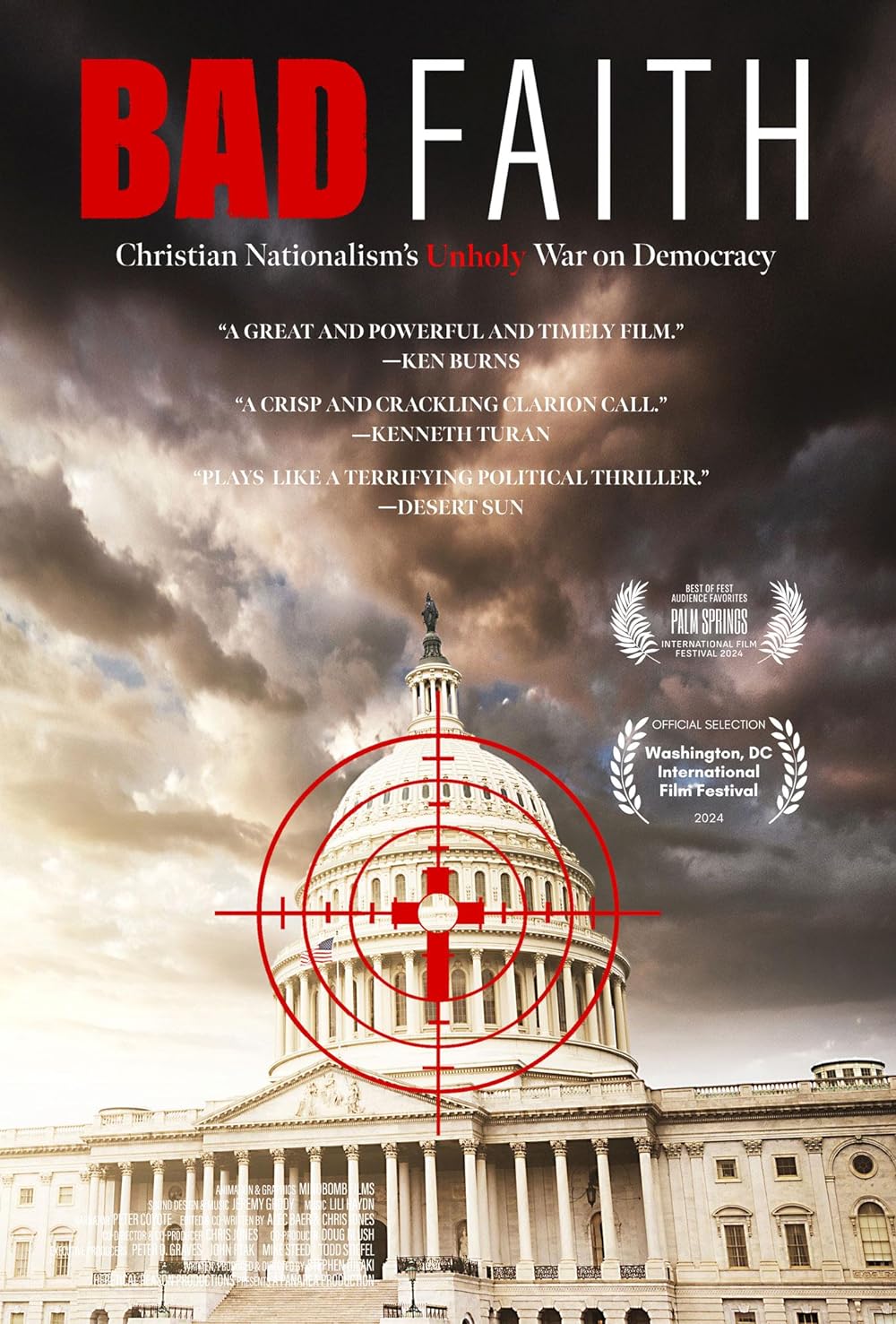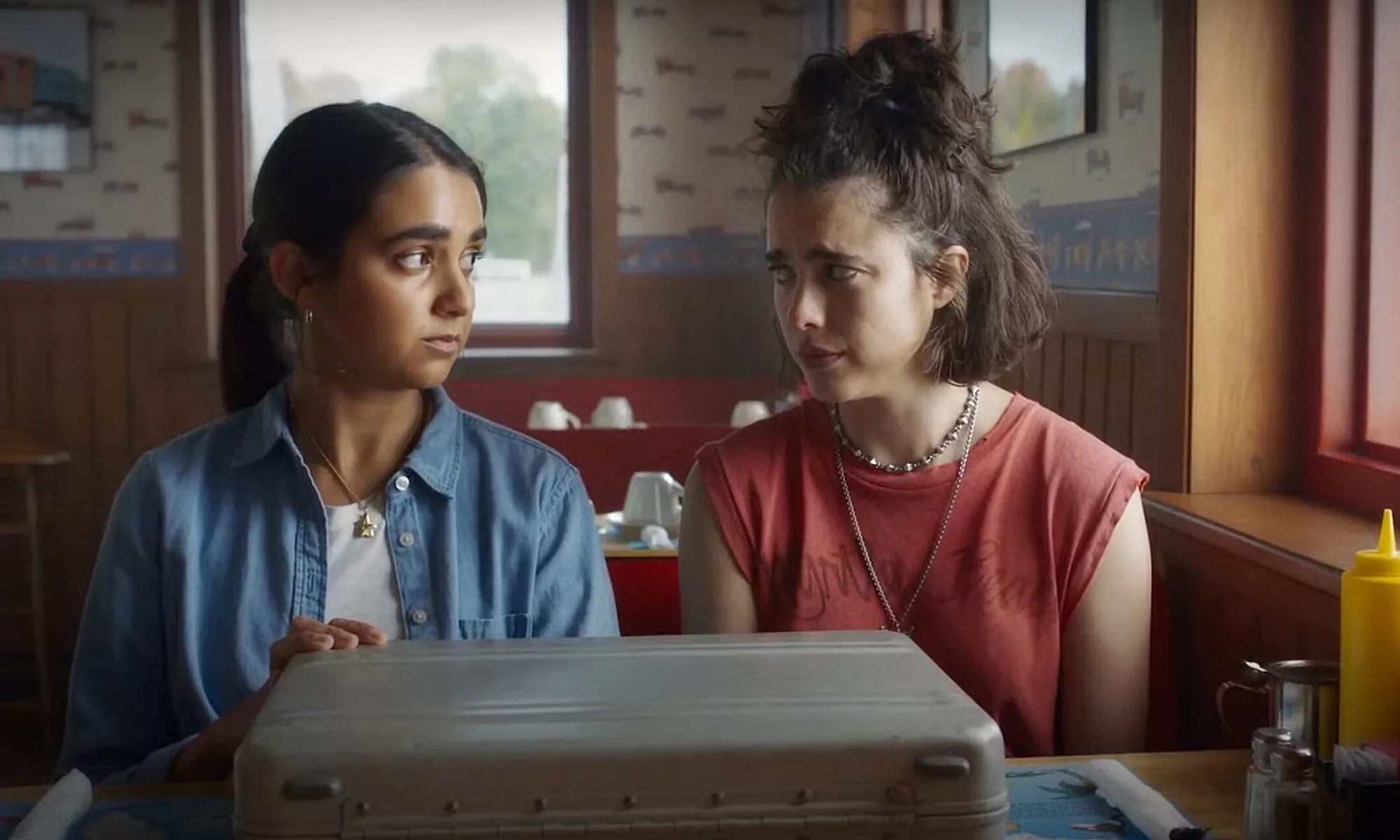House of Wax
Posted on May 6, 2005 at 9:23 am
D| Lowest Recommended Age: | Mature High Schooler |
| Profanity: | Very strong language |
| Nudity/ Sex: | Explicit references to sex, jokes about sexual acts and homosexual overtones, non-explicit striptease between a couple, references to unintended pregnancy |
| Alcohol/ Drugs: | Social drinking |
| Violence/ Scariness: | Slasher-movie violence including decapitation, impaling, torture, explicit deaths of characters |
| Diversity Issues: | Stereotypes; the two-dimensional characters include a minority and a "strong" woman |
| Date Released to Theaters: | 2005 |
Just when it seemed that Hollywood was running out of paint-by-numbers horror movie remakes, along oozes the half-baked “House of Wax” to leave its greasy smear on movie non-history. If the project was an independent label’s small budget scream-fest, with unknown actors and a rougher feel, then there might have been something gutsy to redeem this pallid, tasteless fare. Instead, the mega-budget excesses, the big-named producers, the WB’s hottest young things, and the writers who are experienced enough to know better have turned in a condescending slog of a flick, as mechanical and soulless as a wax golem.
Those savvy Warner Bros. execs are betting on the quick and dirty opening weekend draw typical of horror movies and, with the big-screen debut of little-screen’s bored, blond heiress, Ms. Hilton, they know a good sized crowd will go just to see Paris burn. At this screening (and reportedly at many others across the country), the crowd erupted in applause and cheers when Paris Hilton’s character, Paige, dies. Hollywood, please note that Paris Hilton’s novelty value is now officially over. Any other conceivable value she might add to a movie is yet to be demonstrated.
The plot is simple but relies entirely on the stupidity of the protagonists and our desire to watch them die. Six college-age kids set out from Florida to Louisiana on an overnight road trip to see a big football game. They take a shortcut which puts them within reach of a town that does not exist on maps or, more importantly, GPS. The small, quiet town is home to the titular House of Wax, not only housing wax sculptures but made entirely of wax itself. When the travelers meet the inhabitants of the town, it is just a matter of time before the wax — and blood — start flowing.
Most of the scenes focus on supposedly bright, successful, Carly (Elisha Cuthbert of “24” fame), and her mildly delinquent, “bad twin” brother, Nick (Chad Michael Murray, “One Tree Hill” heartthrob). Carly’s best friend is Paige (Paris Hilton, trying to project a down-to-earth sympathy), who thinks she might be pregnant but has been holding off on telling boyfriend, Blake (Robert Ri’chard, Coach Carter), the gung-ho football fan who brought the group together in the first place. Nick’s friend, Dalton (Jon Abrahams) seems to exist to show that Nick is really a good guy. Carly’s boyfriend, Wade (Jared Padalecki, “Gilmore Girls”), whose absurd curiosity dooms him to the most drawn-out of deaths, is one jarring example of badly written character development, literally sacrificed to further the plot.
The denizens of the town range from Southern Gothic of the Deliverance school of stereotype, to twin psychopaths, intent on keeping time from passing by freezing folks in wax. It gives nothing away to say that the writers, twins Chad and Carey Hayes, take the twin symbolism way, way too seriously, invoking unintended laughs with their heavy-handedness along the way.
The movies’ internal consistency, one or two visually interesting scenes, and a glimpse of some decent acting from Ms. Cuthbert are all that stand between this release and a road-kill pit similar to the one occupying an inordinately long scene toward the beginning of the movie. Even for horror and Hilton fans, “House of Wax” is better left unvisited.
Parents should know that this movie’s tagline “Prey Slay Display” is a fair indication of what is to come. Most of the characters die and they do so in manners ranging from bloody hunts to quick decapitation. There is near constant peril and lots of unnecessary–even for a slasher movie detail, ranging from a close-up of a victim’s skin accidentally peeled away to a character’s partial submersion in a fetid pool of dead animals. The characters make frequent sexual references and Paris Hilton’s past video indiscretions seem to be the inside joke in two scenes, including a brief strip-tease she performs for her boyfriend. Characters state they intend to have sex and there is a supposedly funny confusion about whether a character is performing a sexual act on her boyfriend as he drives. There is mild social drinking, as well as some admiration for one character’s “hard-core” attitude and delinquency. Characters have no hesitation about exploring and messing around with other people’s houses or property.
Families who see this movie might want to talk about theme of siblings, especially the theme of one sibling’s goodness compared to one sibling’s “badness”. The choice of the movie playing at the town’s theater is not accidental as What Ever Happened to Baby Jane? is a much stronger study of sibling rivalry.
Families who want to see the inspiration for this movie should see House of Wax, 1953’s 3-D showcase thriller starring Vincent Price in his first horror role, or, if they can find a copy, the wry and witty Mystery of the Wax Museum(1933) or the screenplay on which it is based. Fans of horror movies should go elsewhere, perhaps to tepid new releases such as Amityville Horror which now look better in comparison (but only by comparison).






